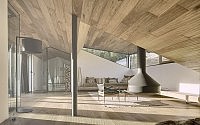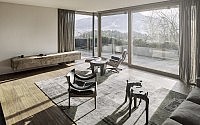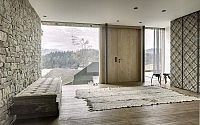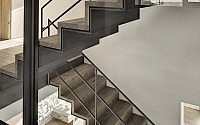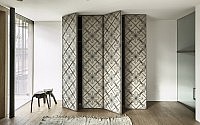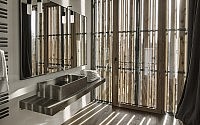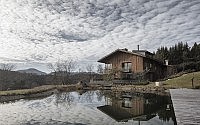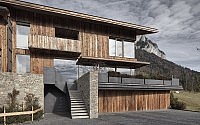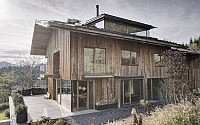Haus Wiesenhof by Gogl Architekten
Designed by Gogl Architekten, this stunning wooden alpine refuge is located in Sankt Johann in Tirol / Austria.

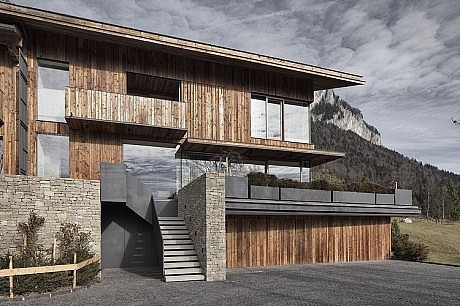





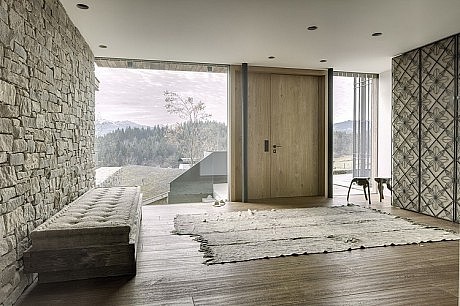
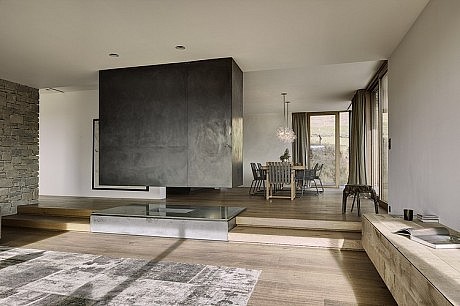
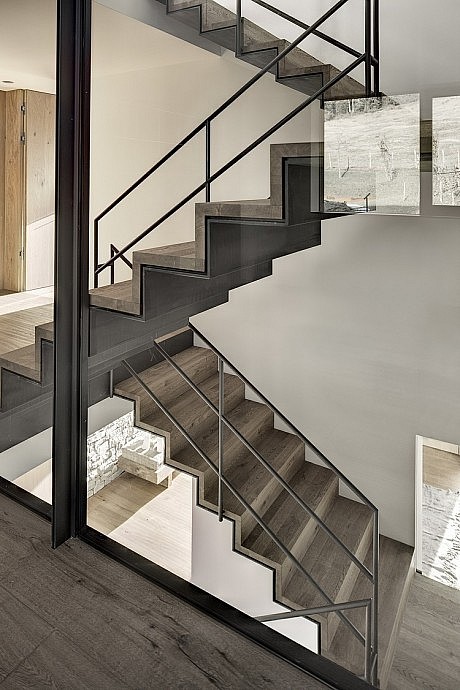
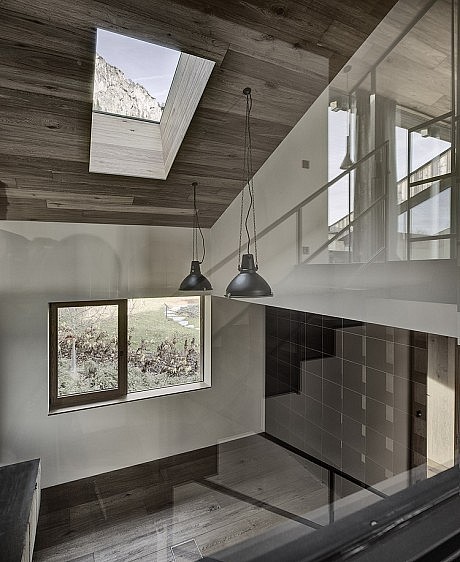


Description by Gogl Architekten
The client requested a getaway – a place of peace and contemplation with a strong relationship to the nature surrounding it. This alpine refuge is a symbiosis of spatial openness and enclosed areas.
According to the design specifications, rebuilding or extending the house beyond the existing cubage was not permitted, which entailed a massive limitation for the design. Through the basic ideas of interlocking the inner rooms and the form design of an open and richly varied spatial structure, the architect conceptually compensated for the design restrictions and created a generous living and leisure space.We took cautious consideration for the topological strengths of the site, with the Hinterkaisergebirge to the north, the Kitzbühler Horn to the south, the Loferer Steinbergen to the east as well as the surrounding farmhouse building structure. The house communicates with the dominant mountain range, with every view resembling a painting. The decision to utilise archaic materials was made quite consciously to quote the surrounding farmsteads. The client wanted an atmosphere that was light and airy, but also cosy.
Out of respect for the natural surroundings, native plants were used in the planning of the garden. Topological changes in the former agricultural spaces were carefully integrated into the existing environment.
Generous openings with no thresholds allow the indoors to merge with the outdoors. Even the safety railings on the big terrace consist of plant structures. The seasons themselves dictate whether it is more pleasant to spend time in the garden (which is intended as a part of the landscape) or indoors in front of the stove.
Attention was given to the origin of all materials used in this construction. The ecological consciousness of the planners and the client went hand-in-hand. Oak, iron, natural stone, linen and hemp fabric were the basic elements.
Most of the furniture was conceptualised individually, corresponding to the spatial requirements and the needs of the client.
- by Matt Watts